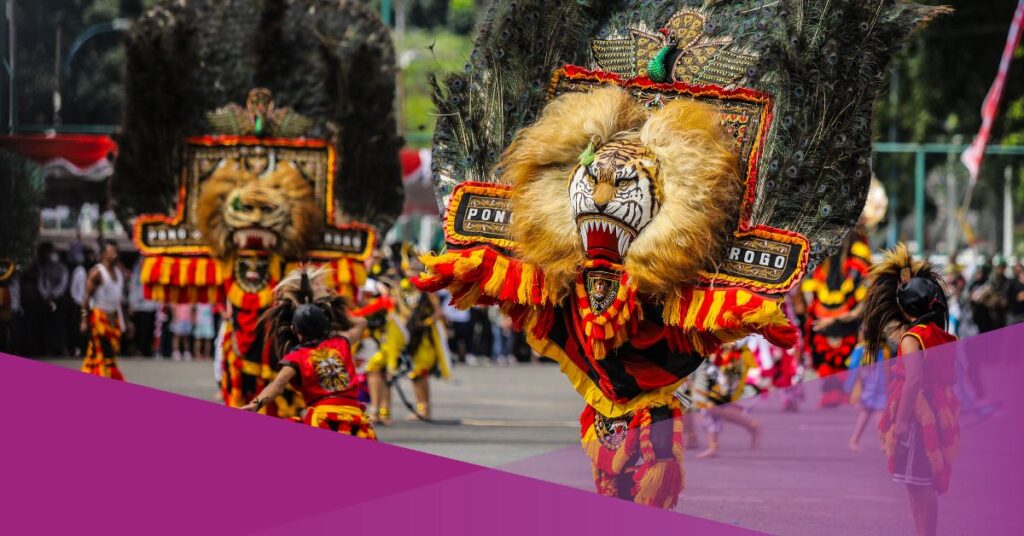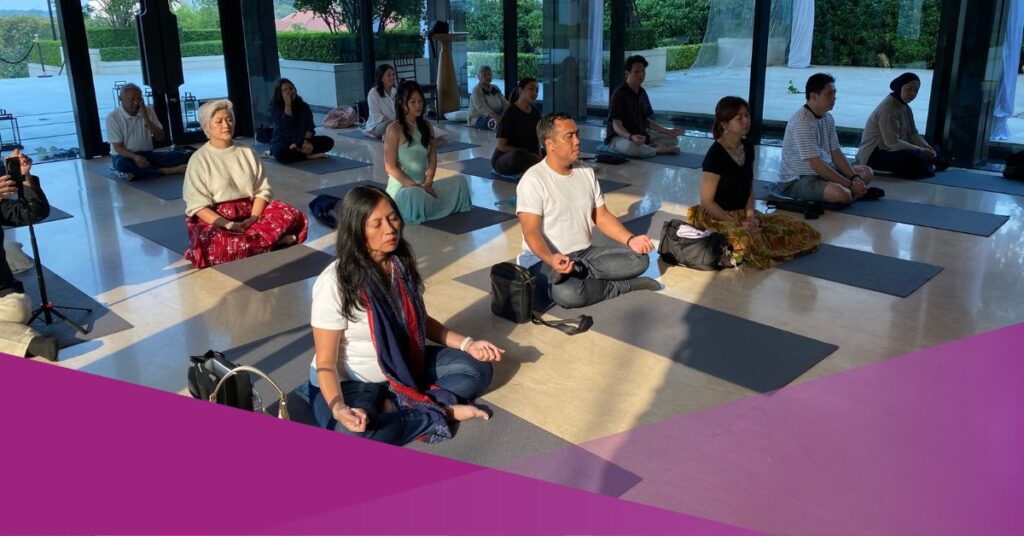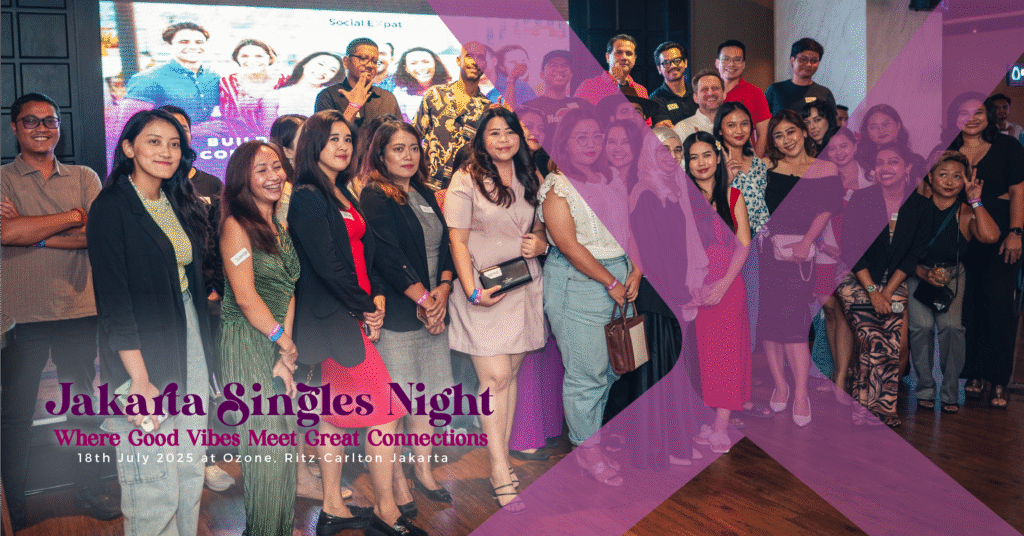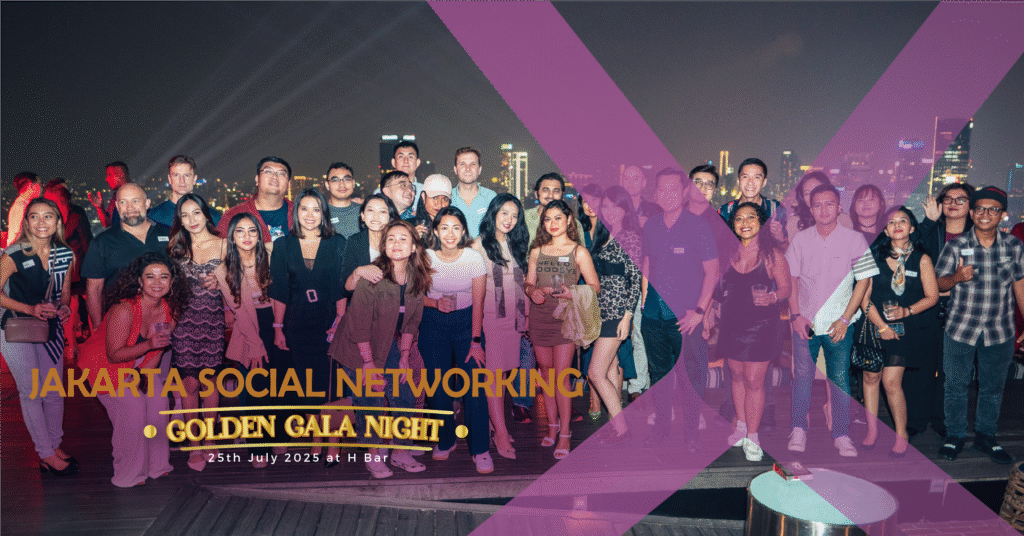Reog Ponorogo, a traditional Indonesian performing art from East Java, is now officially recognised by UNESCO as an Intangible Cultural Heritage in Need of Urgent Protection. This proud announcement was made by UNESCO through its social media accounts.
The Indonesian Ambassador/Permanent Delegate to UNESCO, Mohamad Oemar, who served as the Chairperson of the Indonesian Delegation at the UNESCO ICH Committee Session 19, is grateful and appreciates the UNESCO Committee and all parties who have contributed to the recognition of Reog Ponorogo as a UNESCO Intangible Cultural Heritage.
“This recognition not only highlights the importance of the art of Reog but also confirms the commitment to preserve Indonesia’s cultural identity for future generations,” Ambassador Oemar said in a press statement on Wednesday, December 4, 2024.
This determination was announced at the 19th Session of the Intergovernmental Committee for the Protection of Intangible Cultural Heritage (ICH), which took place in Asunción, Paraguay, on Tuesday (3/12).
During the session, Reog Ponorogo was designated in the “In Need of Urgent Safeguarding” category, meaning that the tradition requires immediate attention and protection to ensure its future preservation. This decision is an important milestone for Indonesia’s cultural preservation efforts at the international level.
Reog Ponorogo is a performing art that combines music, dance, and theatre, characterised by the large masks worn by the performers.
The show tells the legend of the power struggle between the King of Ponorogo, Singo Barong, and the King of Kediri, Joko Tarub. Reog Ponorogo has become a symbol of pride for the people of Ponorogo and an integral part of Indonesia’s cultural heritage.
Indonesian Culture: History of Reog Ponorogo
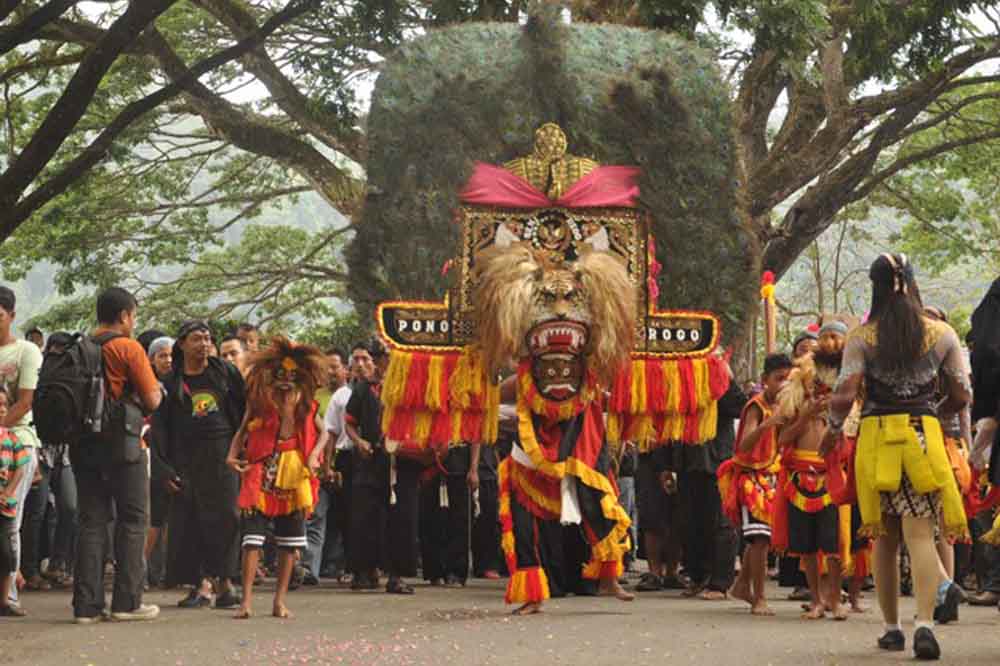
Reog Ponorogo is a traditional art originating from Ponorogo Regency, East Java. Reog Ponorogo reflects the harmony between dance, music, and mythology. It depicts the courage, solidarity, and dedication that has been the identity of the people of Ponorogo for centuries.
Reog Ponorogo, a symbol of gotong royong, is a testament to the power of collaboration. This spirit is reflected in its creative process, from the intricate mask-making to the harmonious collaboration between artists, crafters, and local communities.
According to folklore, as reported on the Kemdikbud Culture website, this art is believed to have existed since the era of the Kediri Kingdom around the 9th century AD. The story begins in an area then known as Wengker, where the Bantarangin Kingdom was founded.
This kingdom was led by Prabu Klana Sewandono, a young king who was known to be fair and wise. He was accompanied by a patih named Pujangga Anom, a figure known for his intelligence and magic. In Reog performances, Pujangga Anom is known as Bujangganong.
One night, Prabu Klana Sewandono dreamed of meeting a princess named Putri Songgolangit from the Kingdom of Kediri. Enchanted by her beauty, the king immediately sent Patih Pujangga Anom to propose to her.
Princess Songgolangit was willing to accept the proposal on one condition: Prabu Klana Sewandono must present a performance that has never existed before.
Patih Pujangga Anom came up with an extraordinary idea by utilizing King Singo Barong, a tiger-headed creature with a peacock perched on top, who had previously been conquered by Prabu Klana Sewandono.
Combined with traditional music, this procession involving Prabu Klana Sewandono and Singo Barong became the unique performance that Princess Songgolangit wanted. This art form became known as Reog, as we know and enjoy it today.
Find this article helpful? Check out our other articles from Social Expat:
- Indonesian Government Pushes for Spice Route to Be Designated as UNESCO World Heritage Site
- Indonesia Denies Apple’s $100 Million Investment to Lift the iPhone 16 Ban from the Market
- A Tronton Truck Causes Devastating Head-On Collision in Slipi, Jakarta
